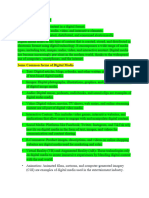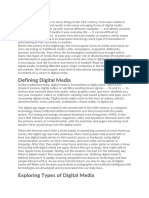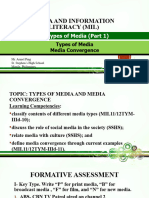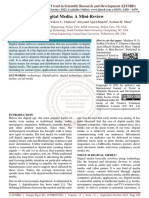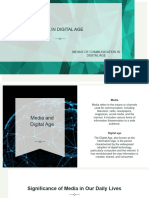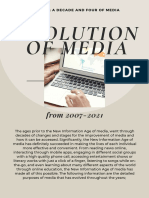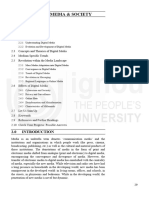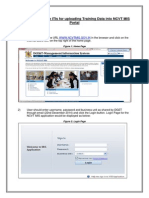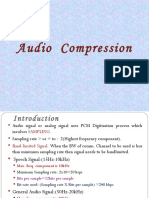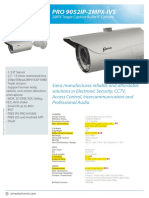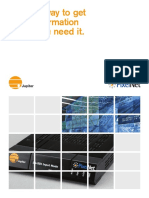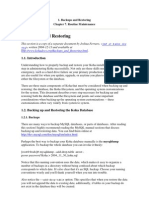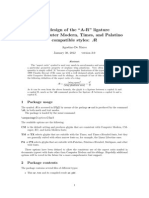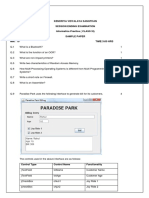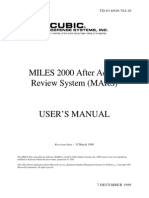0% found this document useful (0 votes)
58 views10 pagesDigital Media
Digital media encompasses content created and consumed through digital devices, contrasting with traditional media formats. Its evolution has been marked by significant technological advancements, from the pre-digital era dominated by analog media to the current landscape characterized by streaming services, user-generated content, and immersive technologies like VR and AR. The rise of social media and mobile access has transformed how audiences engage with and distribute digital content.
Uploaded by
rsbalesCopyright
© © All Rights Reserved
We take content rights seriously. If you suspect this is your content, claim it here.
Available Formats
Download as PDF, TXT or read online on Scribd
0% found this document useful (0 votes)
58 views10 pagesDigital Media
Digital media encompasses content created and consumed through digital devices, contrasting with traditional media formats. Its evolution has been marked by significant technological advancements, from the pre-digital era dominated by analog media to the current landscape characterized by streaming services, user-generated content, and immersive technologies like VR and AR. The rise of social media and mobile access has transformed how audiences engage with and distribute digital content.
Uploaded by
rsbalesCopyright
© © All Rights Reserved
We take content rights seriously. If you suspect this is your content, claim it here.
Available Formats
Download as PDF, TXT or read online on Scribd
/ 10
